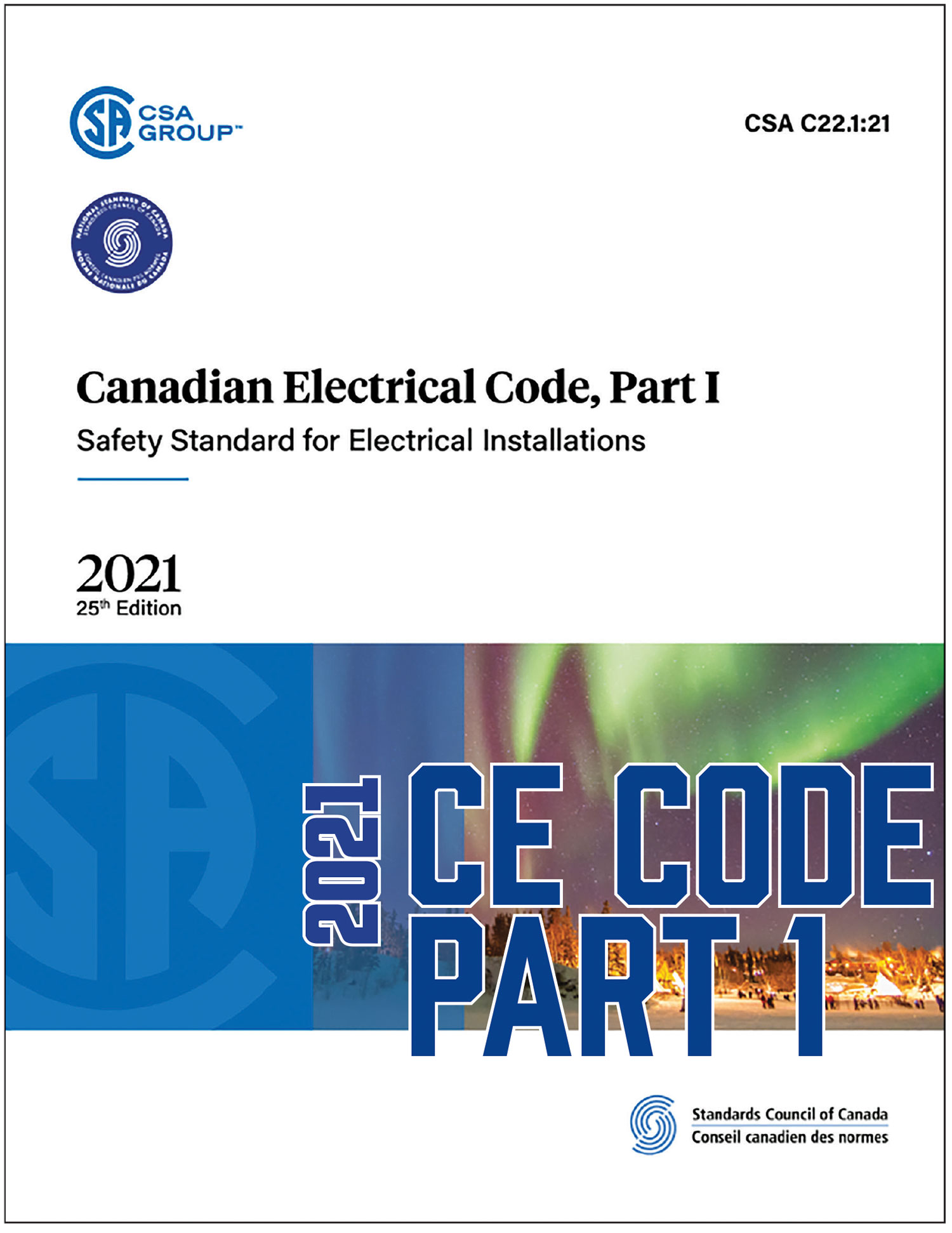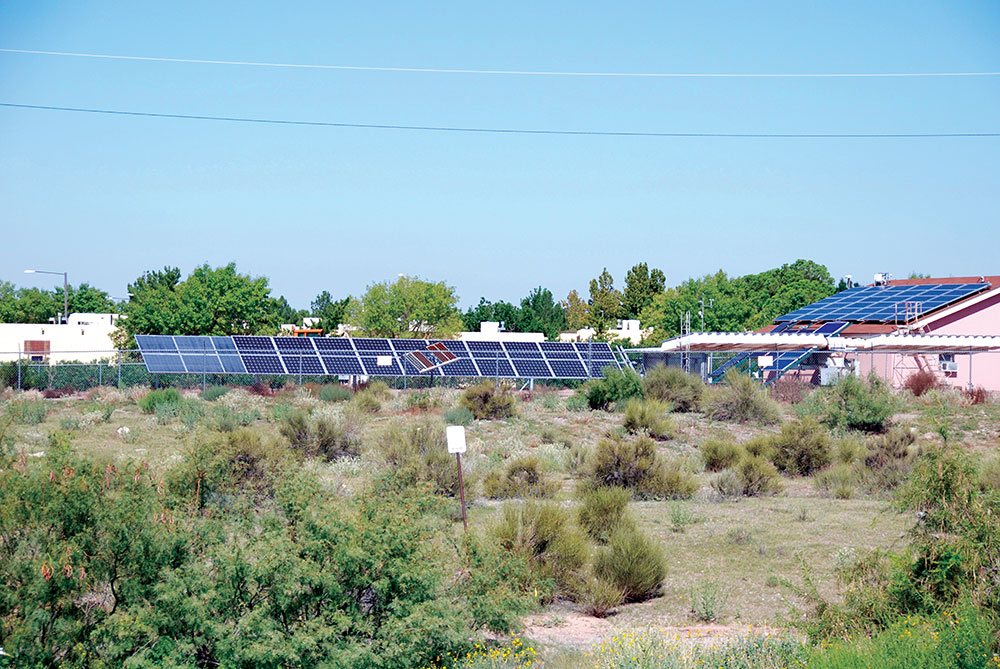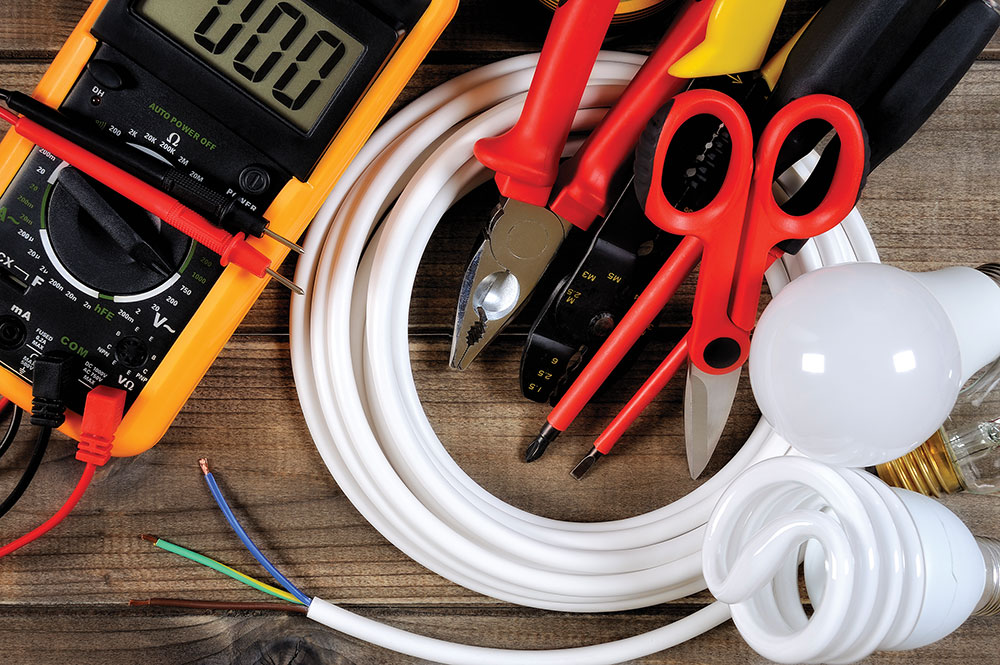This article will discuss the addition of energy storage system requirements in Section 64, starting with changes to the name and scope of the section to include energy production in addition to renewable energy and energy storage systems.
Electrical equipment intended for potentially explosive atmospheres (or hazardous locations), is evaluated to stringent requirements in accordance with the NEC, local regulations, and/or harmonized standards such as the IEC 60079 series standards.
This is the third of a series of articles detailing significant changes for the 2021 Canadian Electrical Code Part I (CE Code).
Various organizations, including manufacturers, universities, and specifically tailored groups devoted to the application of direct current to devices in our daily lives, are deeply involved in the research, study, and application of DC circuits, DC devices, and DC microgrids.
While your local municipality may not yet be using the 2020 NEC, these revisions will have an impact on the way residential kitchens are wired when it does become adopted.
Does UL Certify (List) electric vehicle (EV) chargers that allow an EV owner to back-feed the electrical system on their house and how do I identify one?
Why only approved equipment must be used in an electrical installation, and what does equipment approval mean?
We have continued to see Distributed Energy Resources (DER), such as wind, solar, battery storage, and electric vehicles (EVs), become a top priority over the years.









